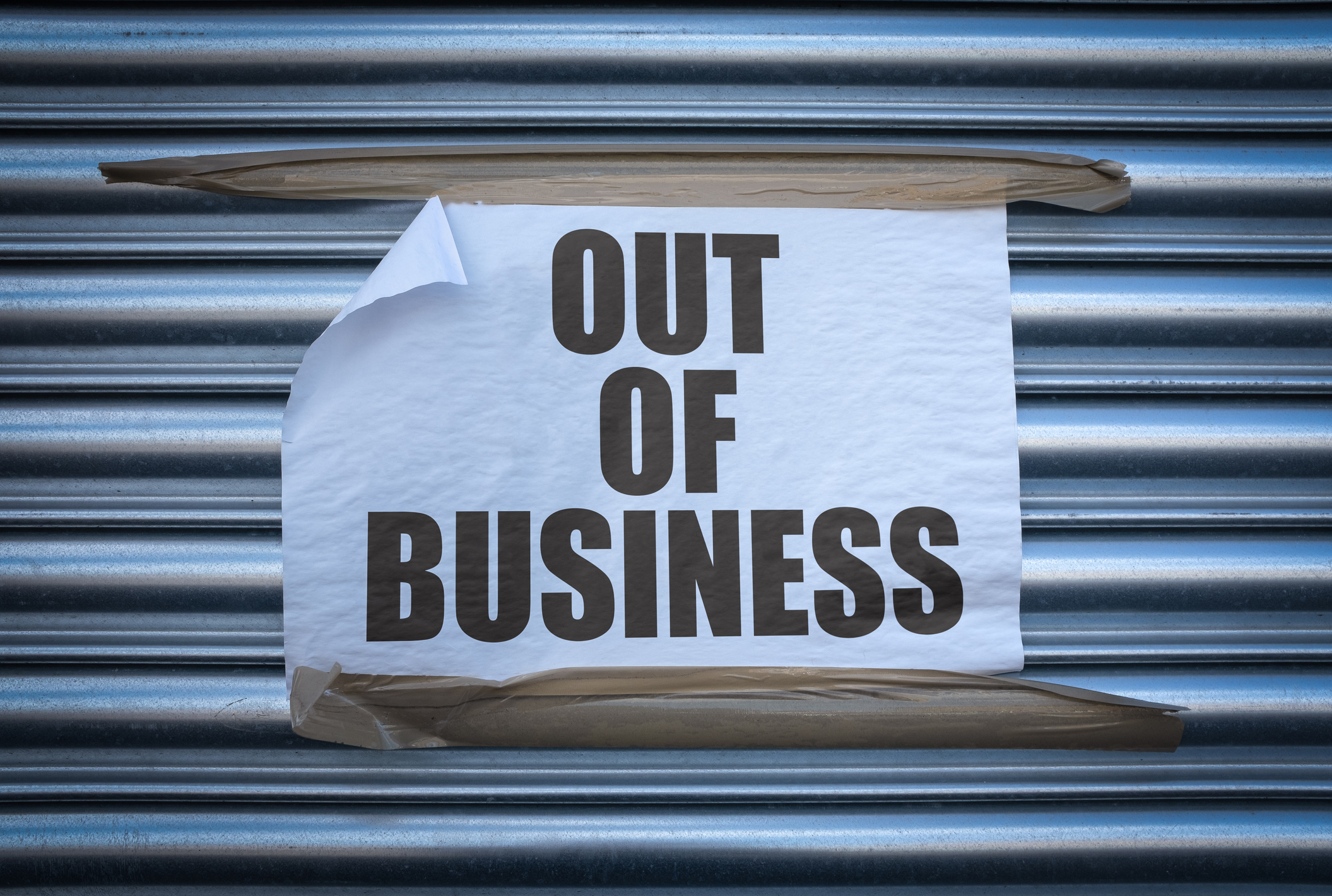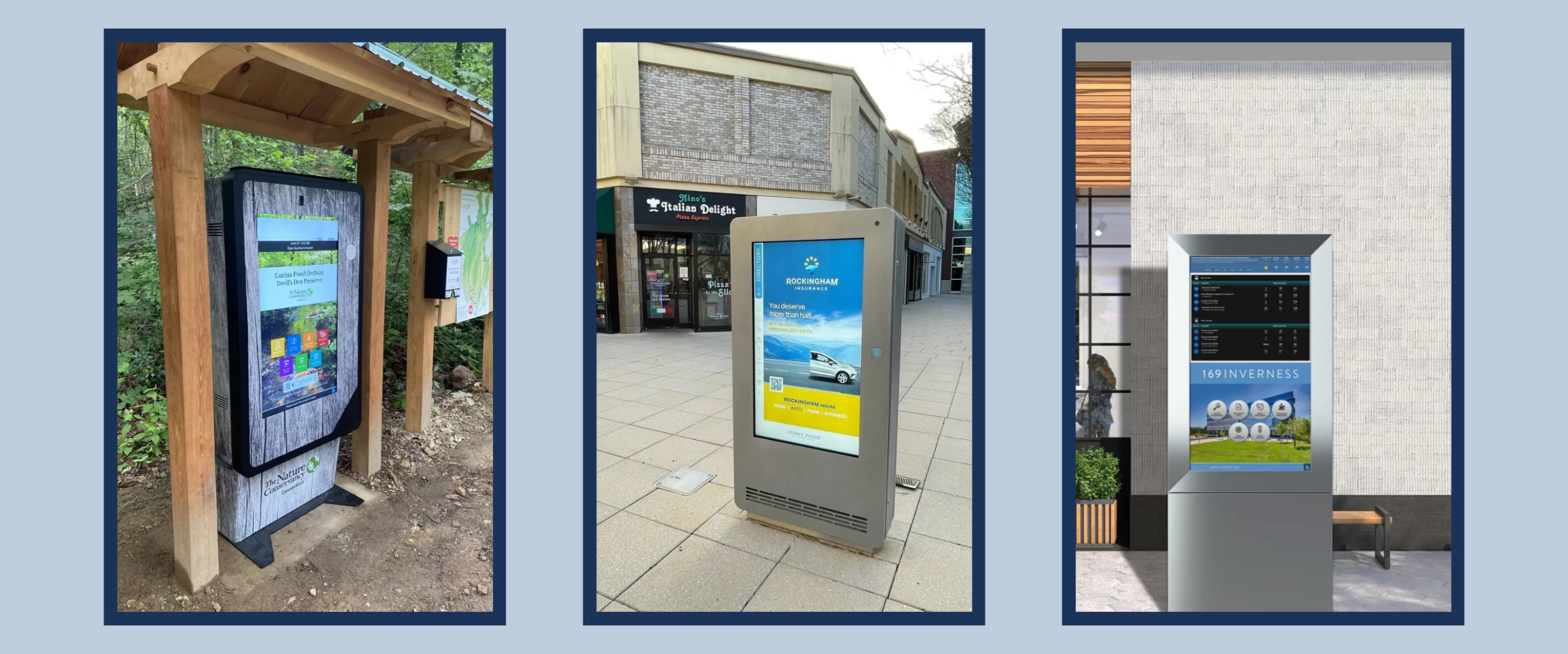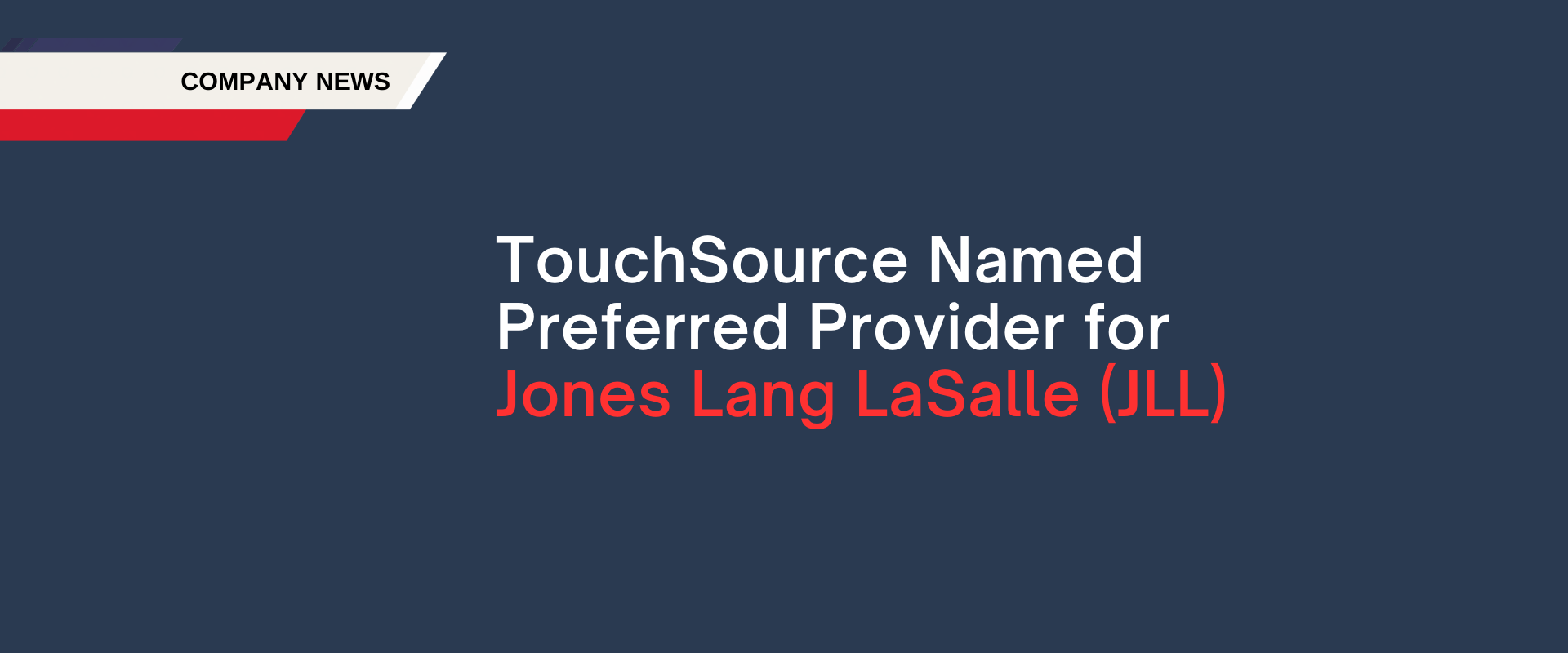Office Amenities that Matter in a Post COVID-19 Workplace
Will They or Won’t They: The Big Debate
Office landlords that have been locked in a battle of one-upmanship when it comes to building amenities are rethinking what will add value – and what won’t – in the post COVID-19 marketplace.
Despite hopeful signs that a vaccine may be around the corner, employers are proceeding cautiously with plans to bring workers back to offices. Many major firms have set return dates of summer 2021 or beyond. What permanent changes lie ahead in terms of demand for space, location and the amenities a building offers to tenants? It’s a hot debate.
Half of all employees are reluctant to return to work according to a new survey Edelman Trust Barometer Special Report: Workplace Trust and the Coronavirus. 78% believe businesses have a responsibility to protect employees from the virus and prevent spread in the local community. 63% said they wanted more information on the coronavirus daily. How does that translate into everyday expectations of employers? Employees expect mask-wearing policies, social distancing enforcement, reduced occupancy and checking employees for fever.
McKinsey expects that the work from home / return to work debate will remain a tossup. “Every organization and culture is different, and so are the circumstances of every individual employee. Many have enjoyed this new experience; others are fatigued by it. Sometimes, the same people have experienced different emotions and levels of happiness or unhappiness at different times. The productivity of the employees who do many kinds of jobs has increased; for others it has declined.” Bottom line, employers need to ditch old paradigms and create safe spaces that are also compelling collegial hubs for connection and collaboration.
Landlords simply don’t have the luxury of taking a wait-and-see approach with so much at stake. They are highly focused on what changes they need to make now in order to best position buildings to retain and attract tenants in what could be more turbulent times ahead. According to Cushman & Wakefield, the impact of working from home could reduce the demand for office space between 3-17% over the next decade. Shoring up building amenities is a logical first move. The buildings with the best contactless, wellness-oriented features are expected to take share from building that stick to old ways.
Amenities Help Boost Property Values
Prior to the pandemic, employers were using workplace experience and extravagant amenities ranging from rooftop decks to state-of-the-art fitness studios to woo top talent. Likewise, building owners were equipping buildings with a host of new amenities aimed at out-doing the competition. Amenities were not only a key point of differentiation to attract tenants, but research has shown that those amenities also have a positive impact on values. A 2019 Cushman & Wakefield study of 250+ office buildings in North America found that highly-amenitized buildings had an 18.3% rent premium compared to the surrounding submarket. The premium was even more substantial in the central business districts (CBD) of gateway markets at 21.6%.
Amenities are likely to remain an important value-add in the post COVID-19 market. In fact, some believe that workplace amenities could be even more important in the future as they will help to entice people out of their homes and back into the physical workplace. The question for property owners is how the pandemic has changed views on what amenities tenants will value most.
Amenities Refocus on Essentials
The immediate challenge for employers and landlords is creating environments where workers feel safe to return. Industry experts have repeatedly stressed the essential “table stakes” of providing more space to allow for social distancing, increased and highly visible cleaning protocols and greater communication with building occupants. At the same time, there is greater consideration of what the future of the workplace means for the broader offering of key amenities.
Some industry participants believe that the focus on extravagant amenities that existed pre-Covid may downshift to simpler amenities that revolve more around practical health & safety, wellness and convenience and less about the “wow” factor. Other common themes likely to drive amenities in the future include:
- Air quality: The future of wellness is going to lean heavily on state-of-the-art HVAC and air filtration systems, air quality monitoring and temperature control sensors. Access to the outdoors will be another valued feature along. Yes, that means those rooftop decks are likely still in vogue along with more basic features such as operable windows.
- Contactless tech: Properties have been getting “smarter” for years with a variety of IoT and building automation systems. Increasingly, those tech features are going to emphasize contactless tech. That trend was well underway even pre-COVID. For example, the 21-story Zero Irving building in Manhattan is a 175,000 sf office building under construction that is set to open in spring 2021. The building design includes state-of-the-art amenities, such as touchless entry and exit, elevators that can be controlled via smartphones and separate air filtration systems for individual floors. Other buildings are innovating by turning current tech investments in Smart Digital Signage into contactless visitor and vendor stations as One Biscayne Tower
- Reducing stress: Amenities and design features could become more important in the post-pandemic workplace as a means to help relieve stress and improve productivity. For example, studies have shown that the use of natural elements, such as water features and living walls of greenery help to reduce anxiety. Many who can’t afford such features turn instead to digital art and motion graphics of the outdoors to set the mood. TouchSource DynamicSpaces backgrounds offer that mesmerizing experience without the need to buy rocks, trees and expensive hardscaping that requires daily maintenance.
- Secure access: Another trend likely to continue post-pandemic is a focus on greater security. According to Colliers International, large companies in particular have been highly focused on secure access amenities that help them control a property as people travel through a building from the moment they step foot in a building’s parking garage through the entrance and lobby to individual offices.
- Fostering community, connection and collaboration: People need social interaction, and it is that interaction that will draw people back to the workplace. Property owners and employers need to think about how to provide spaces and programs that bring people together – safely. That will involve reconfiguring some building spaces, as well as communicating real-time information on occupancy and capacity within amenities such as conference rooms and fitness centers. Especially as the workscape changes to entice workers back into airy, open and safely distant work areas, tools such as TouchSource Space Solutions will be needed to allow people to reserve open areas, outdoor seating areas and reserve-on-demand workstations.
It remains to be seen whether or not the office market is headed for a new paradigm shift, or whether the pendulum will shift back to some version of a “normal” office environment once risk from the coronavirus subsides. In the meantime, office landlords across the board will need to focus on amenities that provide a competitive edge, add value and are future proof in the face of continued uncertainty. The solution for every building does not mean undertaking a multi-million upgrade to building systems or adding expensive tech that may become obsolete all too quickly. TouchSource’s digital directories and wellness kiosks are a perfect example of cost-efficient solutions that can be put in place quickly with content and displays that can easily refresh adapt to new situations.













